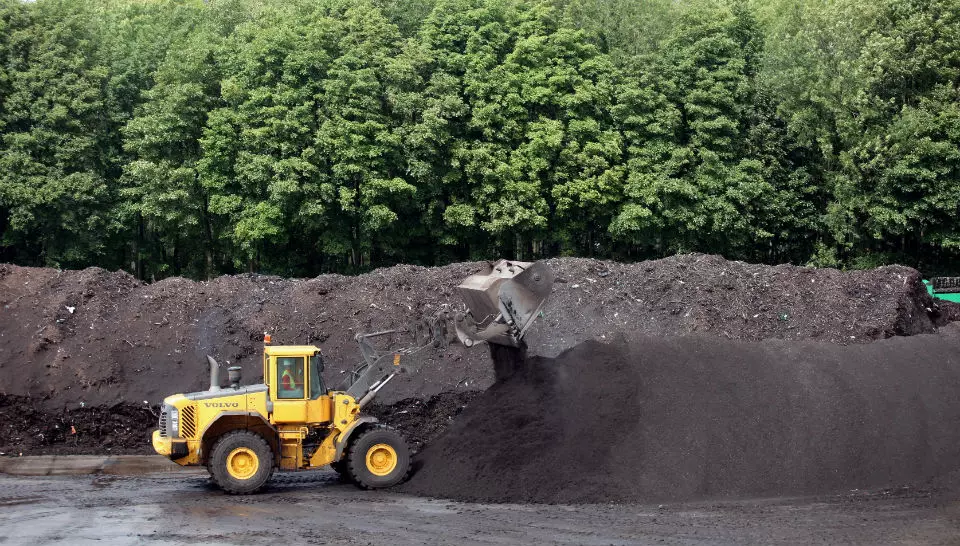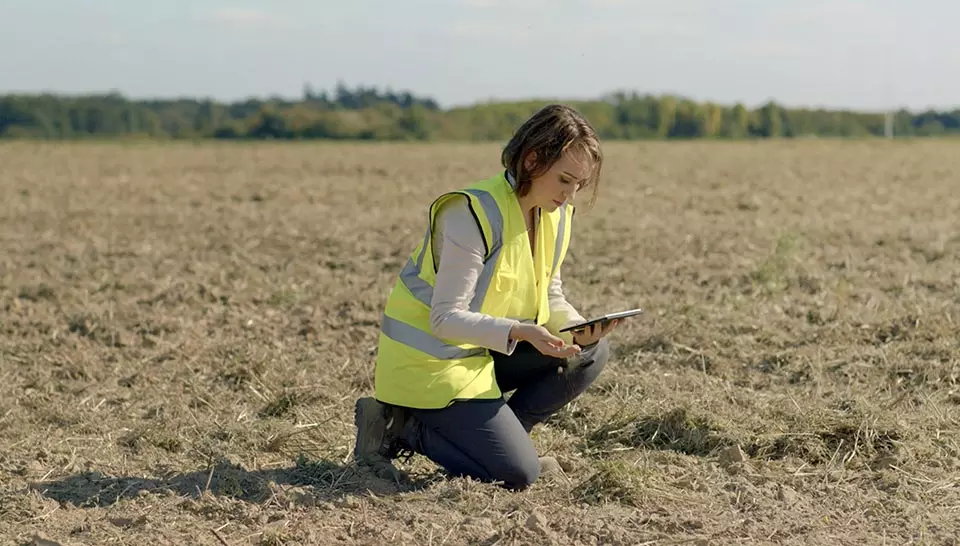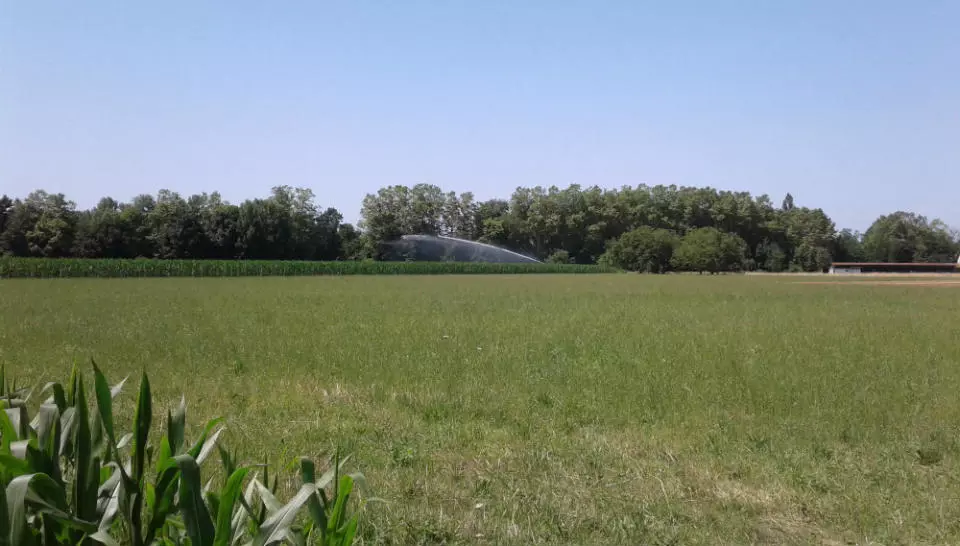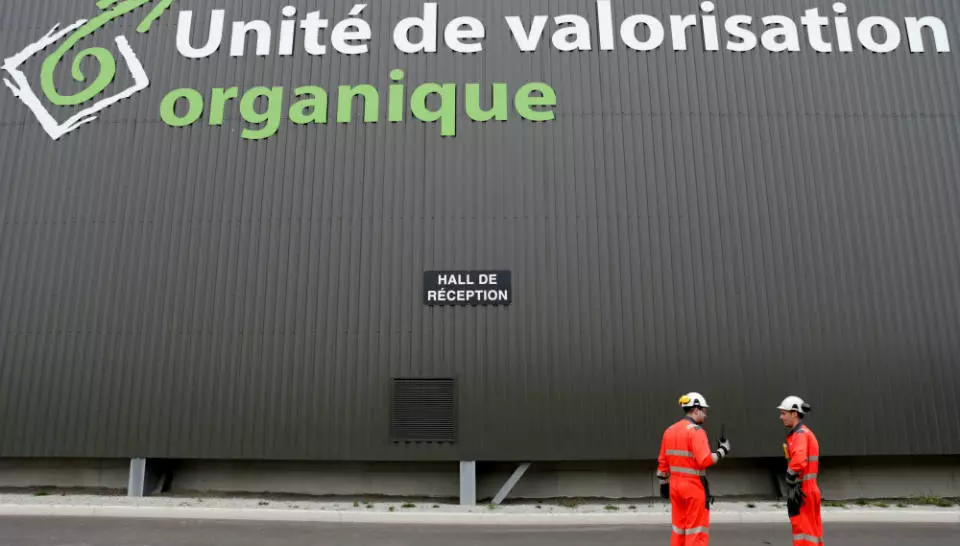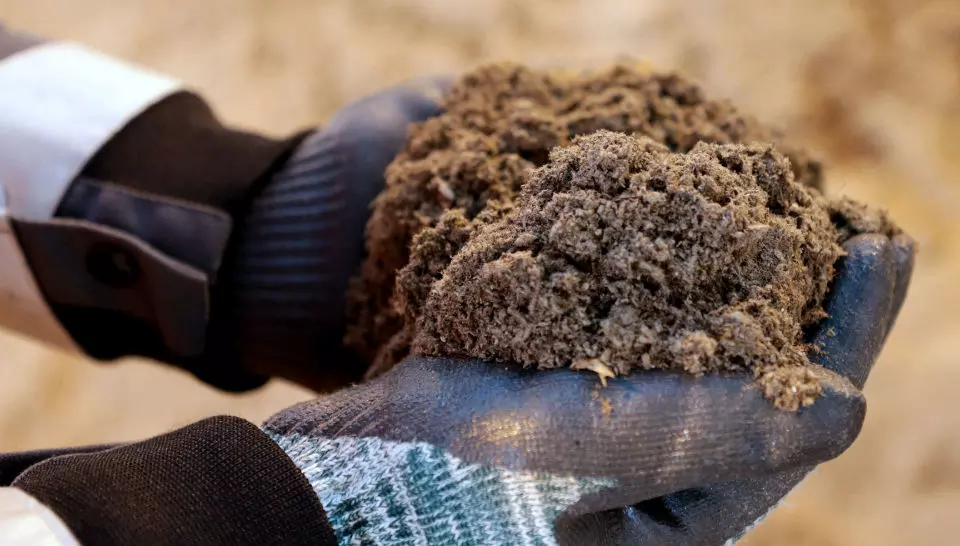A model of circular economy, organic fertilizers from biowaste benefit both soil health and the climate. When associated with precision farming, they contribute to the development of organic farms and improve their yields.
Vegetable and fruit peel, egg shells, the remains of meat and fish, paper and cardboard – all this organic waste makes up one-third of household waste in France, but for the moment is rarely put to good use. The law on energy transition, passed in France in 2015, provides that by 2025 (2023 for the European Union), every citizen should have the means to sort food waste at source. Restaurants and industrialists in the food sector have been required to sort, collect and enhance the value of these resources since 2012, rather than throwing them away either by burning or burying them.
A “return to the soil” is good for the climate
The aim of the operation is to use this biodegradable waste to produce either biogas, by methanation, or organic amendments by composting. The virtues of the latter are numerous: “Returning biowaste to the soil nourishes plants thanks to the fertilizers that are rich in nitrogen and phosphorus and enrich the soil in carbon,” says Maelenn Poitrenaud, who is in charge of innovation and development for Veolia’s subsidiary SEDE, which processes a million tonnes of waste every year to sell 700,000 tonnes of compost. In soil that is enriched in nutrients, plants grow faster, and capture more carbon through photosynthesis.
" In soil that is enriched in nutrients, plants grow faster, and capture more carbon through photosynthesis."
Storing carbon in soil (currently threatened by intensive farming) is a major lever in the fight against climate warming, promoted by the “4 per 1000” international initiative at the COP21 meeting in Paris, partnered by Veolia, and echoed in early October by the European Compost Network, which is behind the “Save Organics in Soil” appeal. Not to mention the fact that producing compost avoids the use of synthetic nitrogenous fertilizers, the production of which accompanies emissions of N2O (nitrous oxide), a greenhouse gas that contributes to destroying the ozone layer.
Today, logistics allow for this return to the soil, either directly from biowaste or from digestate, methanation waste. Collected directly from players in the agribusiness, supermarkets and hypermarkets or restaurants, biodegradable waste is channelled towards composting units before being spread over fields. This waste comes has numerous sources, including the sea: with Recyfish and its subsidiary Angibaud, Veolia sells fertilizers made from the remains of fish. Mainly used in high added-value cultures such as viticulture and market gardening, the "fish guano" produced is a fertilizer rich in nitrogen and phosphorus that also affects the soil’s micro-fauna and micro-flora, which are indispensable to the healthy exchange of elements between the soil and the plant.
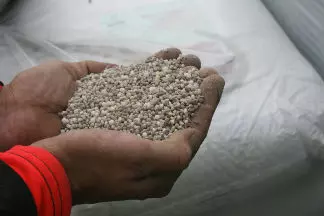
Towards organic precision farming
The manufacture and use of fertilizers, when guided by intelligent tools, are increasingly present in precision farming. On Veolia’s composting sites, according to the director of Veolia’s Biowaste offer, Guillaume Wallaert, “The AEROcontrol system speeds up the breakdown of tailings using a probe, which measures parameters such as compost temperature to optimise the injection of air, improve the maturing process, and obtain a better quality compost.”
At the spreading stage, careful attention is paid to the plants to optimise their absorption of fertilizers. “Biostimulants are applied to the plant so that it puts the fertilizer to the best use, which will enable it to grow optimally and to resist its environment”, Maelenn Poitrenaud points out before mentioning the start-up Vegetal Signals, which is developing the sensors used to measure the plants’ electric signals to calibrate their requirements in water and fertilizers.
“Sensors measure plants’ electric signals to calibrate their requirements in water and fertilizer.”
The same goes for soil, whose characteristics affect the choice of compost. According to Guillaume Wallaert, “As part of the QualiAgro programme with Inra, France’s National Institute for Agricultural Research, we conduct long-term tests on different types of compost both in our labs and in the fields, to optimise their use depending on the needs of the plants and the soil, as part of organic farming. We regularly measure several parameters, such as water quality, the ability to retain nitrogen, and the soil’s structure, density and microbiology…”
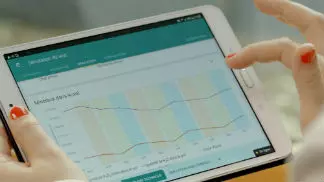
These data are then fed into the Soil Advisor algorithm, which also integrates the composts’ fertilizing effect and makes recommendations for farmers on using fertilizers. In 2015, Inra concluded from its experiments: “Yields from spring crops planted immediately after adding compost are similar to those obtained by mineral fertilization alone (Ed.: produced by chemical synthesis)”. Good news for organic farming.

In partnership with Usbek & Rica, the media that explores the future



